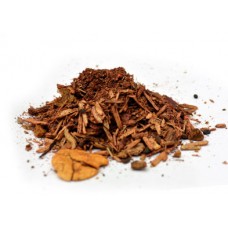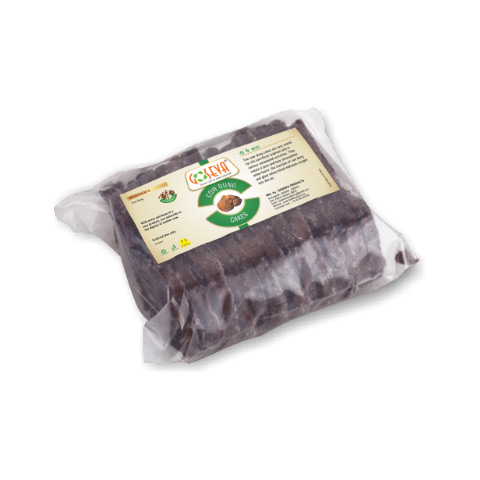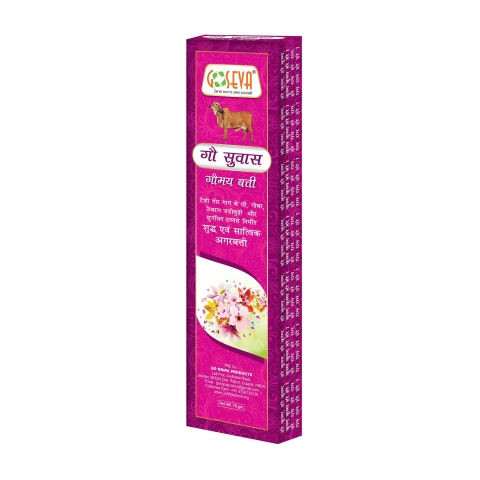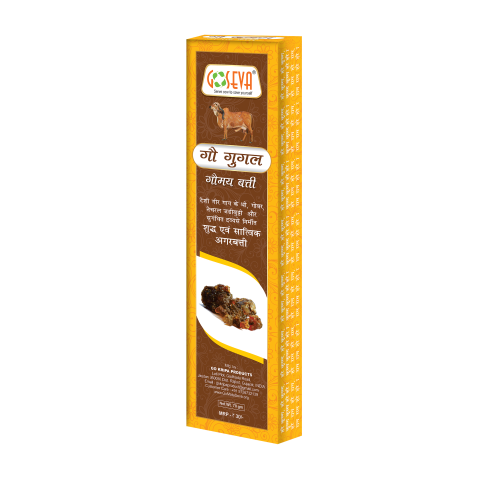Description
Havan Samagri (Yagya) : with Gir Cow Ghee
अथ यद्यज्ञ इत्याचक्षते ब्रह्मचर्यमेव
तद्ब्रह्मचर्येण ह्येव यो ज्ञाता तं
विन्दतेऽथ यदिष्टमित्याचक्षते ब्रह्मचर्यमेव
तद्ब्रह्मचर्येण ह्येवेष्ट्वात्मानमनुविन्दते ॥ १ ॥
What is commonly called Yajna is really the chaste life of the student of sacred knowledge,
for only through the chaste life of a student does he who is a knower find that,
What is commonly called Istam (sacrificial offering) is really the chaste life of the student of sacred knowledge,
for only having searched with chaste life of a student does one find Atman (Soul, Self) || 1 ||
The Evolution of Vedic Offerings: From Rituals to Symbolism Hawan/Havan Samagri
The nature of Vedic sacrifice and rituals has undergone significant transformations throughout history, leaving an indelible mark on various spiritual traditions. During the 1st millennium BCE, substantial changes occurred, influencing not only Vedic practices but also concepts adopted by other belief systems, notably Buddhism.
Evolution of Sacrificial Practices Havan Samagri:
- Early Vedic Sacrifices: Originally involving animal sacrifice, Vedic rituals gradually evolved.
- Symbolism and Non-violence: The rituals underwent reinterpretation, shifting towards non-violent or symbolic offerings. Knowledge and the celebration of mantra sounds replaced physical offerings.
- Rituals underwent a transformation, shifting from external offerings to internalized practices focused on the human body.
- This marked a shift from external actions (karma-kanda) to internal knowledge (jñana-kanda).
Vedic Text References:
- The Satapatha Brahmana defines sacrifice as an act of abandonment of something valuable, including oblations to gods and dakshina (fees, gifts) offered during yajna.
- Recommendations for gifts and fees include cows, clothing, horses, or gold.
- Oblations recommended encompass cow milk, ghee, seeds, grains, flowers, water, and food cakes.
Influence on Buddhism:
- Vedic sacrifices were believed to be inherently effective, their results thought to manifest without direct intervention by priests or gods.
- These Vedic sacrificial beliefs influenced Buddhist philosophies of generosity. However, Buddhists criticized Brahmins for what they perceived as decadence and a departure from ancient values.
- The Buddha advocated a return to ancient values, emphasizing self-restraint, asceticism, and non-violence in line with the practices of Vedic sages.
Yagya Essential Havan Samagri:
- During Havan (Yagya), people offer a mixture of dried herbal medicines, roots, and leaves to the sacred fire.
- Activates the air as a disinfectant germicidal agent, purifying the environment.
- Inculcates the spirit of sacrificing for the benefit of all living beings.
Ingredients and Significance:
- Keetanu Nasak (Anti-Bacterial): Contributes to germicidal properties.
- Sugandhit (Fragrance): Infuses the environment with aromatic elements.
- Swasthya Vardhak (Medicinal): Medicinal action properties for overall well-being.
- Paushtik (Healthy Nature): Promotes health and vitality.
Use of Gir Cow Ghee:
- Traditional Practice: In traditional Havan ceremonies, Gir Cow Ghee is considered an auspicious addition to the Havan Samagri and Aahutis.
- The essence of Yagya lies in the spirit of service to others, with offerings benefiting all living beings.
Conclusion: Embrace the ancient wisdom embedded in Vedic offerings and rituals, recognizing the evolution from external actions to internal knowledge. The essence of sacrifice lies in contributing for the benefit of all, fostering a spirit of service and selflessness.







Reviews
There are no reviews yet.